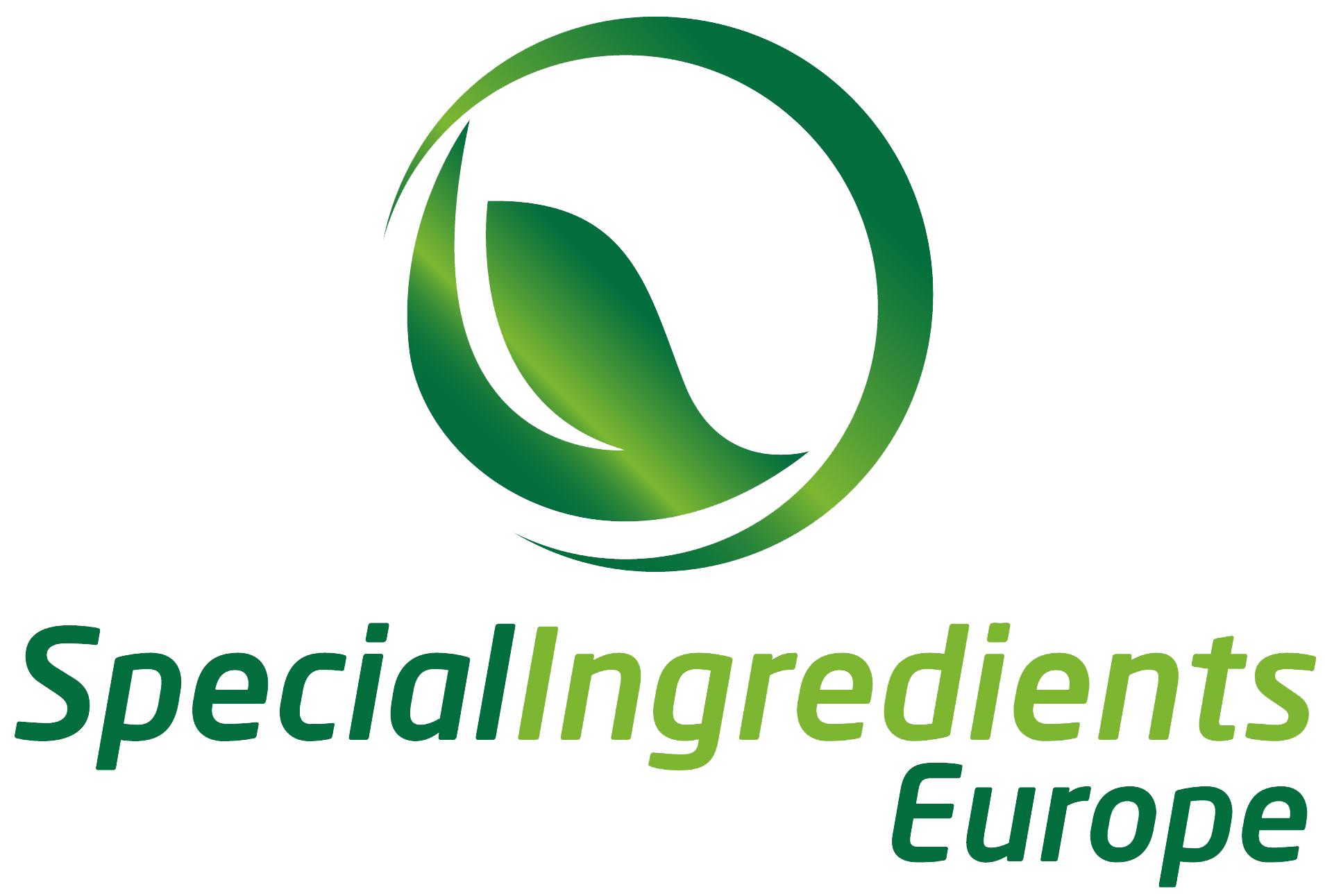Lecithin is a versatile and essential ingredient in professional kitchens, known for its emulsifying, stabilizing, and texturizing properties. While soy lecithin is the most common type, sunflower lecithin has been gaining popularity as an alternative. In this blog post, we will explore the similarities and differences between soy and sunflower lecithin, provide tips on when to use each in a recipe, and delve into the reasons why a chef might choose one over the other when designing a dish.
Comparisons and Differences:
Both soy and sunflower lecithin are natural emulsifiers derived from plant sources, and they share similar chemical structures, composed mainly of phospholipids. Their functionality in food applications is primarily due to their amphiphilic nature, meaning they can interact with both water and oil. This characteristic allows them to stabilize emulsions, improve texture, and extend shelf life in various culinary creations.
Despite their similarities, there are notable differences between soy and sunflower lecithin:
- Source: Soy lecithin is extracted from soybeans, while sunflower lecithin comes from sunflower seeds.
- Allergens: Soy lecithin may pose allergen concerns for some individuals with soy allergies, whereas sunflower lecithin is generally considered hypoallergenic.
- Extraction Process: Sunflower lecithin is often obtained through a cold-pressing method, which preserves more of its nutrients and results in a cleaner taste. In contrast, soy lecithin is typically extracted using chemical solvents, such as hexane.
- Availability: Soy lecithin is more widely available and less expensive than sunflower lecithin due to the prevalence of soybean cultivation.

Table: Comparison of Soy and Sunflower Lecithin
| Aspect | Soy Lecithin | Sunflower Lecithin |
|---|---|---|
| Dosage | 0.5% – 1% | 0.5% – 1% |
| Ratio | 1:200 – 1:100 | 1:200 – 1:100 |
| Temperature | Wide range | Wide range |
| Utility | Emulsifying, stabilizing, texturizing | Emulsifying, stabilizing, texturizing |
When to Use Each Product in a Recipe:
- Soy Lecithin: Choose soy lecithin for its cost-effectiveness and wide availability, especially when creating large quantities of a dish. It’s an excellent choice for chefs who do not have concerns about soy allergens or who prefer a familiar and readily accessible ingredient.
- Sunflower Lecithin: Opt for sunflower lecithin if you want to cater to individuals with soy allergies or if you’re seeking a cleaner taste and more natural extraction process. Sunflower lecithin is an ideal choice for chefs who prioritize hypoallergenic ingredients and a more delicate flavor profile.
In-Depth Reasons for Choosing One Over the Other:
When designing a recipe, a chef might choose soy or sunflower lecithin based on several factors, including:
- Allergen Considerations: If a chef’s clientele includes individuals with soy allergies or sensitivities, sunflower lecithin is the preferred choice for its hypoallergenic properties.
- Flavor Profile: Sunflower lecithin’s cold-pressed extraction method preserves its nutrients and results in a cleaner taste. Chefs looking to maintain a more delicate flavor profile in their dishes may opt for sunflower lecithin over soy lecithin.
- Cost and Availability: Soy lecithin is more widely available and less expensive than sunflower lecithin, making it a more budget-friendly option for chefs working with larger quantities or who need easy access to the ingredient.
- Health and Nutritional Benefits: While both soy and sunflower lecithin have health benefits, sunflower lecithin has a slight edge due to its cold-pressed extraction method, which retains more of its nutrients. Chefs focusing on nutritional value may prefer sunflower lecithin for this reason.
- Environmental and Ethical Factors: Chefs who prioritize environmentally friendly and ethically sourced ingredients may choose sunflower lecithin because of its cold-pressed extraction process, which doesn’t involve the use of harsh chemical solvents like hexane.
Conclusion:
Understanding the differences between soy and sunflower lecithin is crucial for professional chefs who want to make informed decisions when designing recipes. By considering factors such as allergens, flavor profile, cost, availability, health benefits, and environmental impact, chefs can select the most suitable lecithin for their specific culinary needs. Experimenting with both soy and sunflower lecithin can lead to innovative and delicious creations that cater to a variety of dietary preferences and requirements.
Happy cooking!


